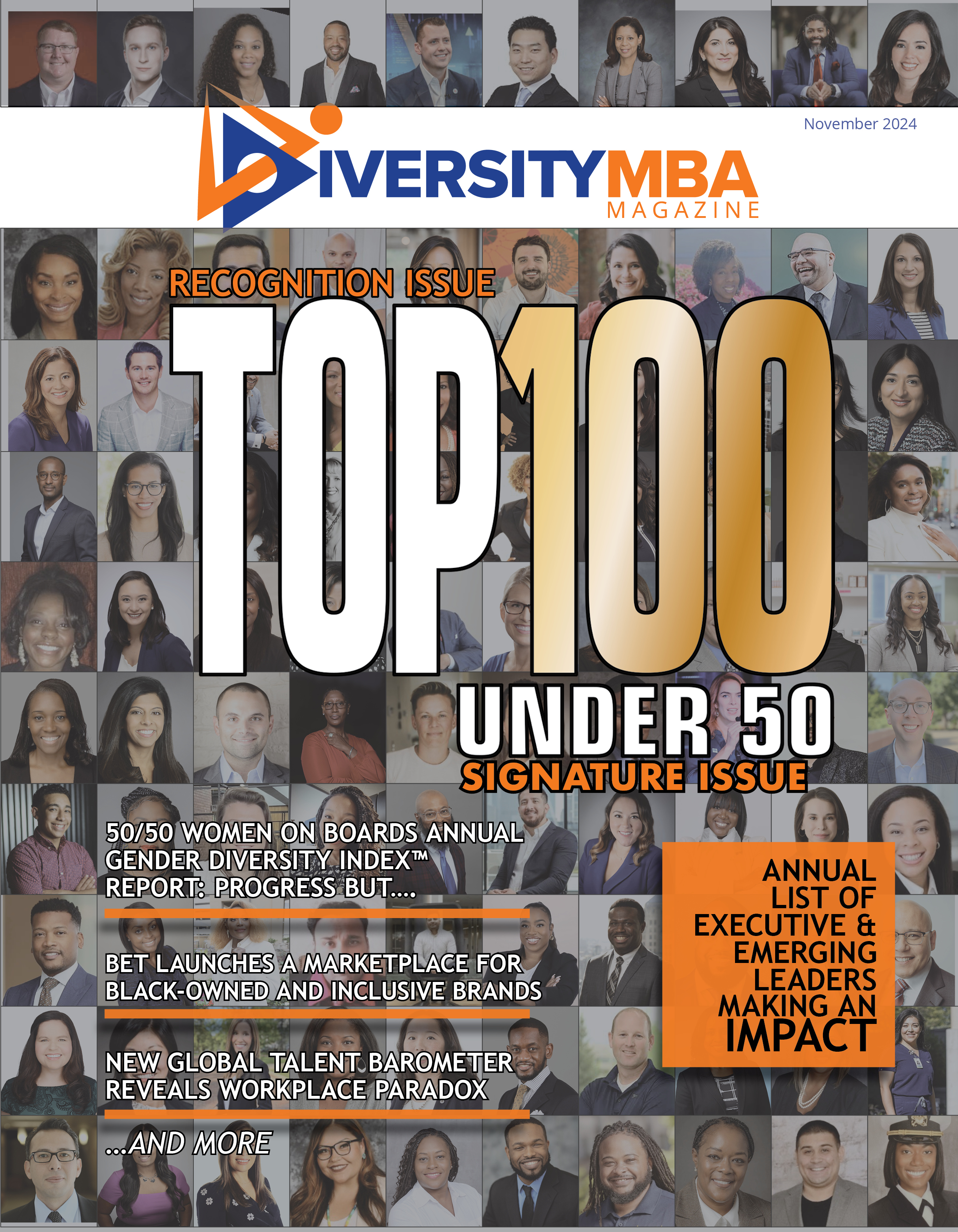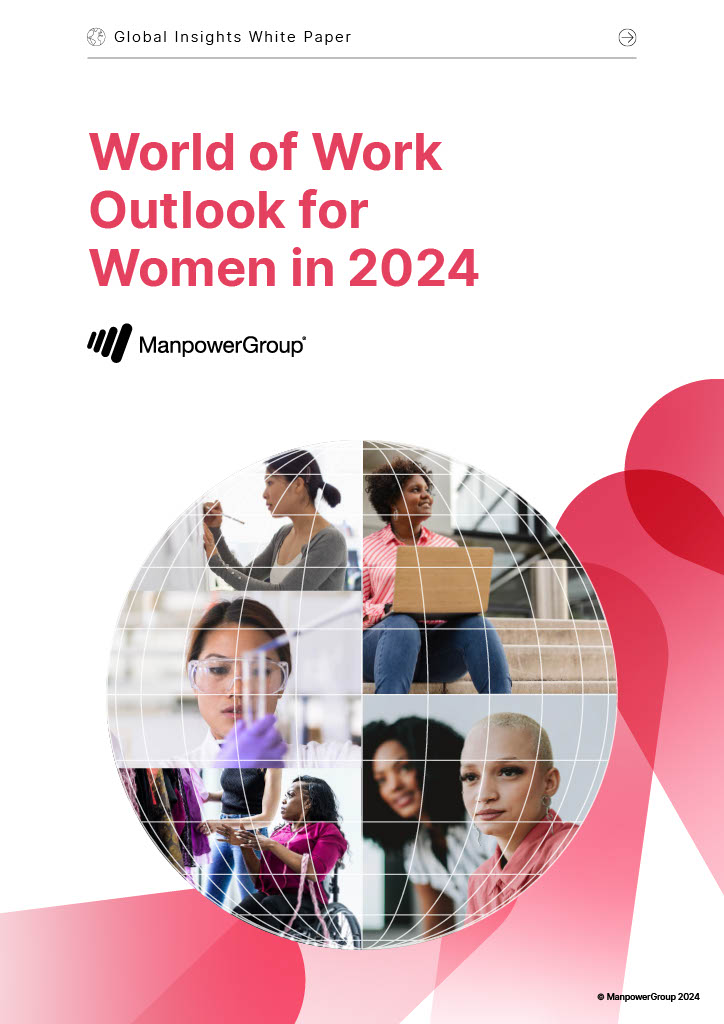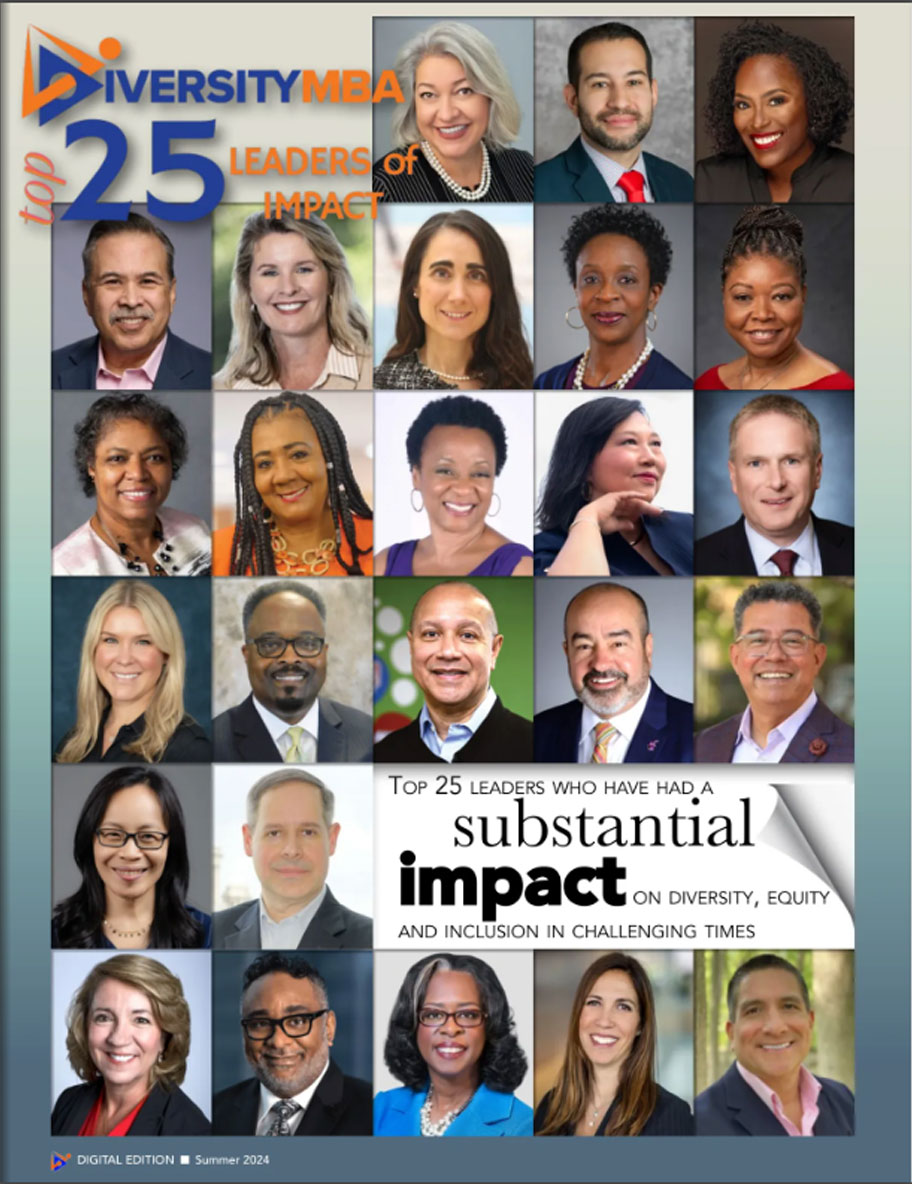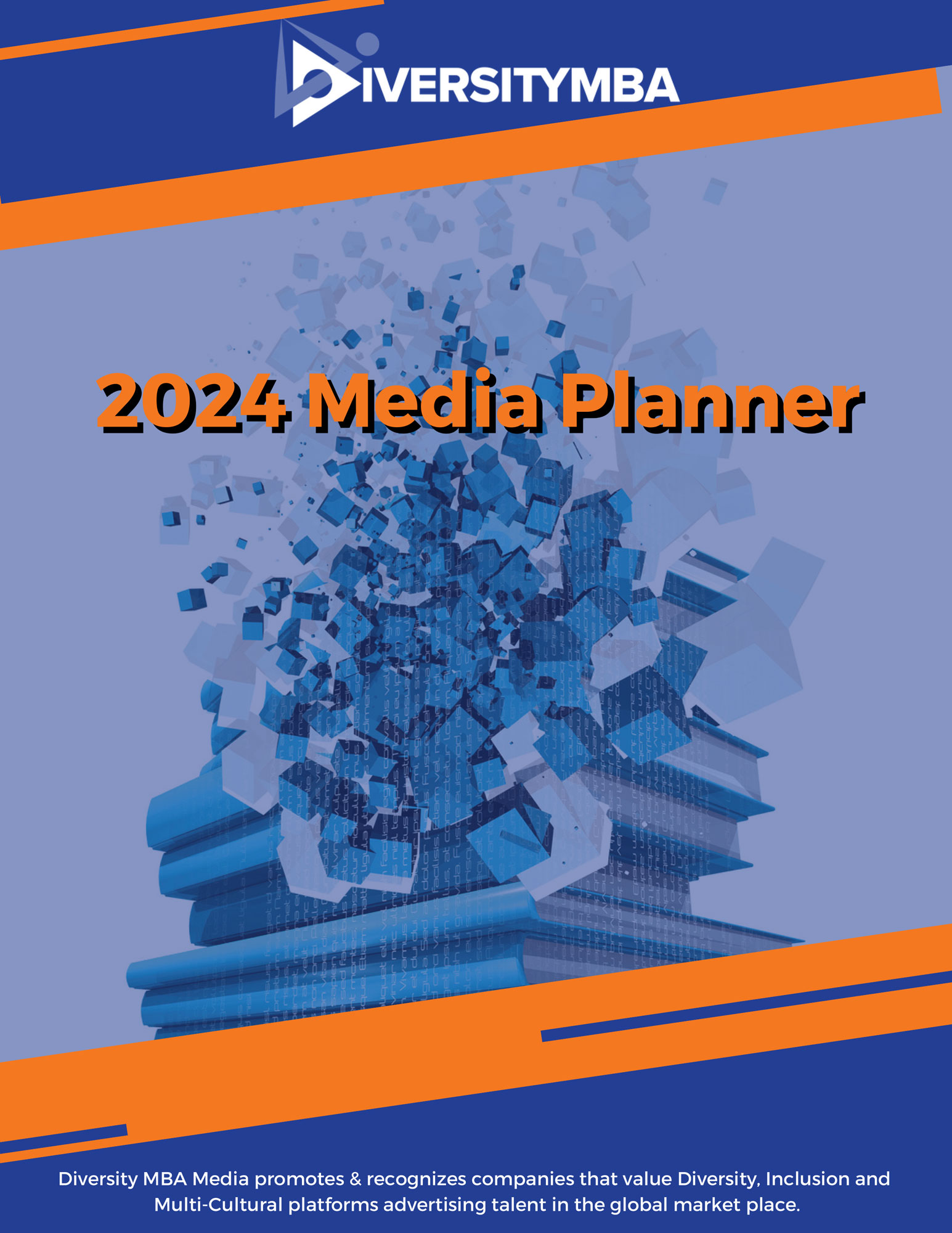This year has taken many surprising turns for people across the world, and one of the most impacted industries has been the healthcare industry. Contributing writer, Sasha Parrish, sat down with Diversity MBA Media’s CEO and Chief Engagement Officer, Pamela McElvane, to discuss the changes current events have brought about in diversity, equity and inclusion work concerning the healthcare industry.
Sasha Parrish (SP): What have you noticed are the biggest changes in the landscape of health care as a result of the Covid-19 pandemic?
Pamela McElvane (PM): Based on the research that we conduct, I’ve been hearing that the awareness of the diversity, equity and inclusion job has been significantly heightened. I would also say with that health care is an industry where they have always had a focus on the detriments of inequities within their communities. Again, the pandemic heightened the awareness. It has really made the health care industry reassess what they’ve done. So, they’ve done things like increased their outreach to the community. And of course, the impact on the economic framework of the health care industry, in that they haven’t been able to perform elective surgeries where a significant amount of money is made, so that impacted their revenue base. Then having their front-line workers there, having half of their workforce continue to work and being exposed to the virus. So, keeping their employees healthy, managing the mental state of their employees, and their overall workforce. All of these things coupled together has really changed the landscape of what the health care industry is facing.
SP: In your opinion, what are the best practices being implemented within the health care industry in regard to the pandemic?
PM: Number one is the effort and care for the well-being of their employees and their workforce. That means increased services around mental health, particularly stress was significantly heightened so, that was the best practice. The enhancement of what employees were doing around mental health, their EAP (Employee Assistance Programs) support enhanced and hotlines increased. Also, some other best practices were the remote at-home work forces that they didn’t have in place, the significant increase in engagement, the courageous conversations and the listening sessions that health care companies were having. They were having these community town halls. The best practices were instances where they took the listening session to the community so they can hear what the community needed. They’ve also leveraged their foundations too. The health care industry really stepped up to support their workforce and to sustain it while managing this pandemic.
SP: This year has led Americans to take a good, hard look at systemic racism. Are health care workers examining racism within their industry? What are they finding and how are they addressing it?
PM: When looking at systemic racism, I always say, go back and pull out the history books and let’s look at structural racism that manifests into systemic racism. Unfortunately, the country’s race relations with the murders of George Floyd, Breonna Taylor, Ahmaud Arbery— it just keeps happening. And if the news media reports every week, you’ll probably hear of someone being shot, and injustice to someone daily. So, the heightened awareness of race relations in the country where the injustice exists, particularly among blacks created sensitivity within the health care industry.
Health care is an industry that has already had to look at differences because of patients. They have to look at population care from language to socioeconomics to identity barriers. They have to ask: how do we treat transgender people? How do we treat veterans with mental illness? So, they they’ve had to adjust and deal with these differences for a long time. Now, they have racism on top of it. Where perhaps untrained health care workers were being insensitive, that awareness was heightened. Before, they might have gotten away with it. But what CEOs did and chief diversity officers in the health care industry did is say, ” we’ve got to increase our training of our workforce at a faster pace here, with implicit bias, with the notion of white privilege and how it may be weaponized within our own workforce, by our doctors, and by some levels, nurses.”
The health care industry had already, with the support of the AHA (American Hospital Association) decided they wanted to focus on increasing equity of care among their hospitals. And I would say to you honestly, while they all signed this pledge, a lot of them signed it, there wasn’t a lot of work done around it. The heightened awareness around what was happening with racism and in the communities really made those leaders say, “Ok, what can we do?” Also, I noticed white Americans with privilege in the health care industry said, “Oh wow! We were in a bubble!” They’re looking at how they were in this bubble and the impact of them being in this bubble and what they need to do around that. And a lot of them created some sensitivities around wanting to be better, while others maybe not so much, but some sensitivities were created. I would say in summary, health care organizations, did step up to with what they did to examine racism in their industry. They stepped up with the education on implicit bias. They stepped up in having the courageous conversations and listening sessions to understand where the micro inequities existed and to bring training forward. They stepped up with training their leaders and educating them on what they were missing before. Those health care systems that are ahead of others were able to double down on it and do these things better. And the ones that weren’t moving as fast were able to step back and say, let’s look at the inequities within our system.
SP: Are there any other practices that you would like to see more of moving forward as they continue to address this?
PM: I would like to double down the efforts on the inequities that exist in the communities. Some of the health care systems launch their own mobile units to care for people that didn’t have access to care. I would like that to continue, not just now because of Covid. I would love for that to continue.
I would love for the heightened awareness of racism that exists in the workforce and the increased anti-racist strategies to continue. I would like those efforts to be able to be sustained and so that those chief diversity officers and chief people officers can make sure that over time these things are minimized. I also would like the CEOs to continue to speak up and speak out. I know a lot of times they’re conservative or moderate and don’t want to and they have to be forced to, but I would like it to be a part of their practices. I know CEOs that are really leading in this space. They are writing letters every month, and emails every week to their employees. They’re touching them. They’re letting them know this is what our leadership looks like.
SP: From your conversations with those in the health care industry, how do you think that state government or local governments can aid health care workers?
PM: Well, it’s funny that you ask that. I will tell you that my mayor of Chicago (Lori Lightfoot), actually sent a wonderful letter appealing to the Chicago residents. She asked for residents to please wear face masks, and social distance to protect yourself so that we can keep our community safe.
Even though you’re dealing with the fine line of the economic slowdown, you don’t have a choice when public health is at risk. We also have to remember those in the health care industry on the front lines, the doctors, the nurses, the seniors, the clerks, the administrators that are in the hospitals, and those that make sure the stores are still open, are at risk of being exposed.
And all I could do is say the continued messaging from the media that conveys how critical it is and working together on a large collaborative level is what makes a difference.
SP: Thank you so much for your insight and for your input. Is there anything else you would like to add?
PM: Thank you. I would also like to say, the companies that are on the cover of the diversity and health care issue are our best practice companies that are leading in the space. We look at UPMC, they’re not only our number one company, but they have the top scientists in the world working on the vaccine. They have the leading medical university that’s working on a solution with the many others.
WellStar health has made significant strides in the community and with their initiatives of supplying safety packages to everyone that needs it, and particularly in the low-income community areas. We have Advocate Aurora Health here in the Midwest, one of the largest systems here, who came together to do large-scale clinical support in preparing their people for the front line. Froedtert Health Care System, is a smaller medical system but has done some really good innovative work and engagement in the industry. Lastly, Atrium has established leading practices on their listening sessions and courageous conversations. And their CEO engagement has been significantly outstanding.
These are our best practice health care systems that are all doing some leading work in terms of making a difference and having an impact not just on diversity, equity and inclusion, but in dealing with this pandemic and in engaging the workforce in ways that are innovative, sustainable and repeatable processes. You should read the stories about these excellent health care organizations. Of course, we’re talking about these select few, but we know there’s many others that could join in on this conversation.








